The Art Of TOLE
By Ashley Holt
Tole refers to items and other decorative objects made dating from 1600-1900 made of tinned metal that have been lacquered and adorned with a design. From the French Tole Peinte du Lac (French for “painted sheet metal”), tole painting refers to applying paint and lacquer to tin. It began as a way to prevent common household objects from rusting.
So what is toleware? The word "tole" is derived from the French term "tole peinte de lac," which means painted tin. Historically, tole painting is a folk art that refers to the decorative painting you commonly see on tin antiques. Typically, these are household objects like trays, coffeepots, utensils, containers, and on a larger scale, even pieces of furniture. The technique (as we know it today) originated in the Welsh town of Pontypool during the 1660s. There, a man named Thomas Allgood was experimenting with metal plating to make it rust proof and decorative all at once. In 1660, he found it. He developed a corrosion-resistant varnish made from linseed soil, burnt umber, and asphaltum. This became known as "japanning"-an imitation method borrowed from Asia that applies a heavy, black lacquer finish to objects and furniture. Welshman John Hanbury, who had a metalware business in Pontypool in the 1600's, is credited with inventing the method of “japanning”.
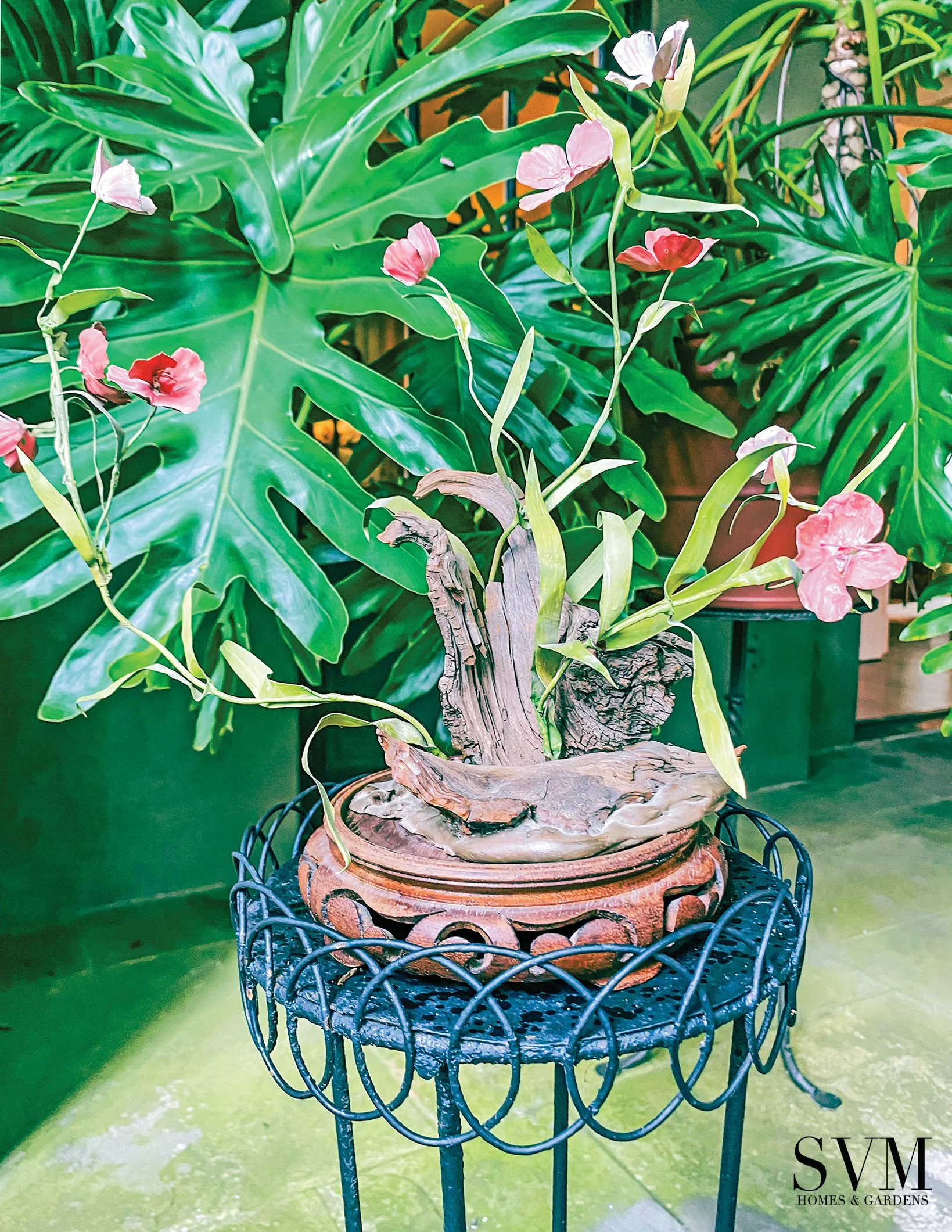
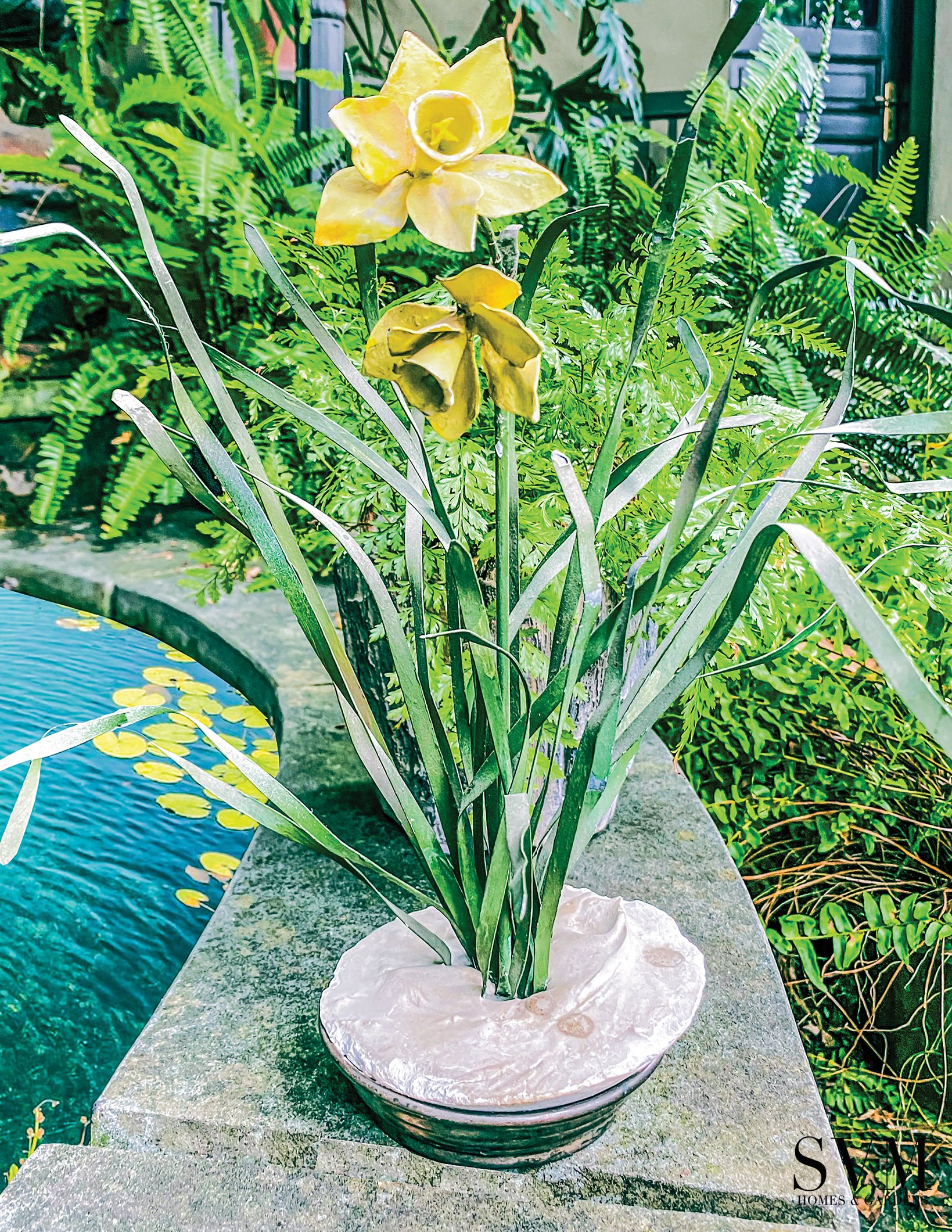
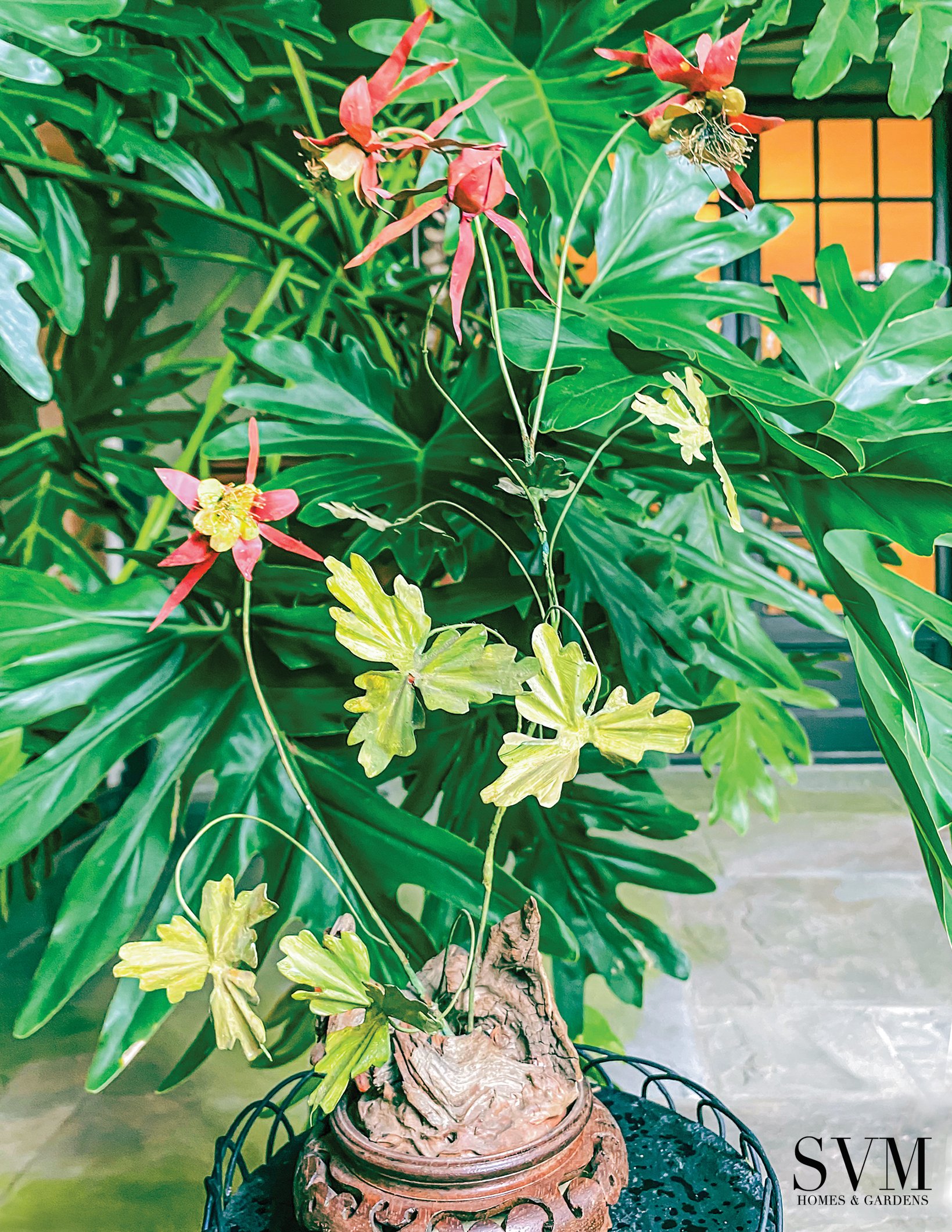

My interest in tole started as a child while visiting a gallery with my mother in the French Quarter. The artist, Joey Bonhage, would create metal flowers in the back of his shop and didn’t mind having an audience watch him. He began by drawing petals and leaves onto tin, then he’d cut out the shapes he’d drawn. He’d assemble or soldier the parts onto the stem (a piece of copper tubing) using a blowtorch and silver soldier to adhere the pieces together. Lastly, he’d paint in the beautiful details of the flowers and leaves.
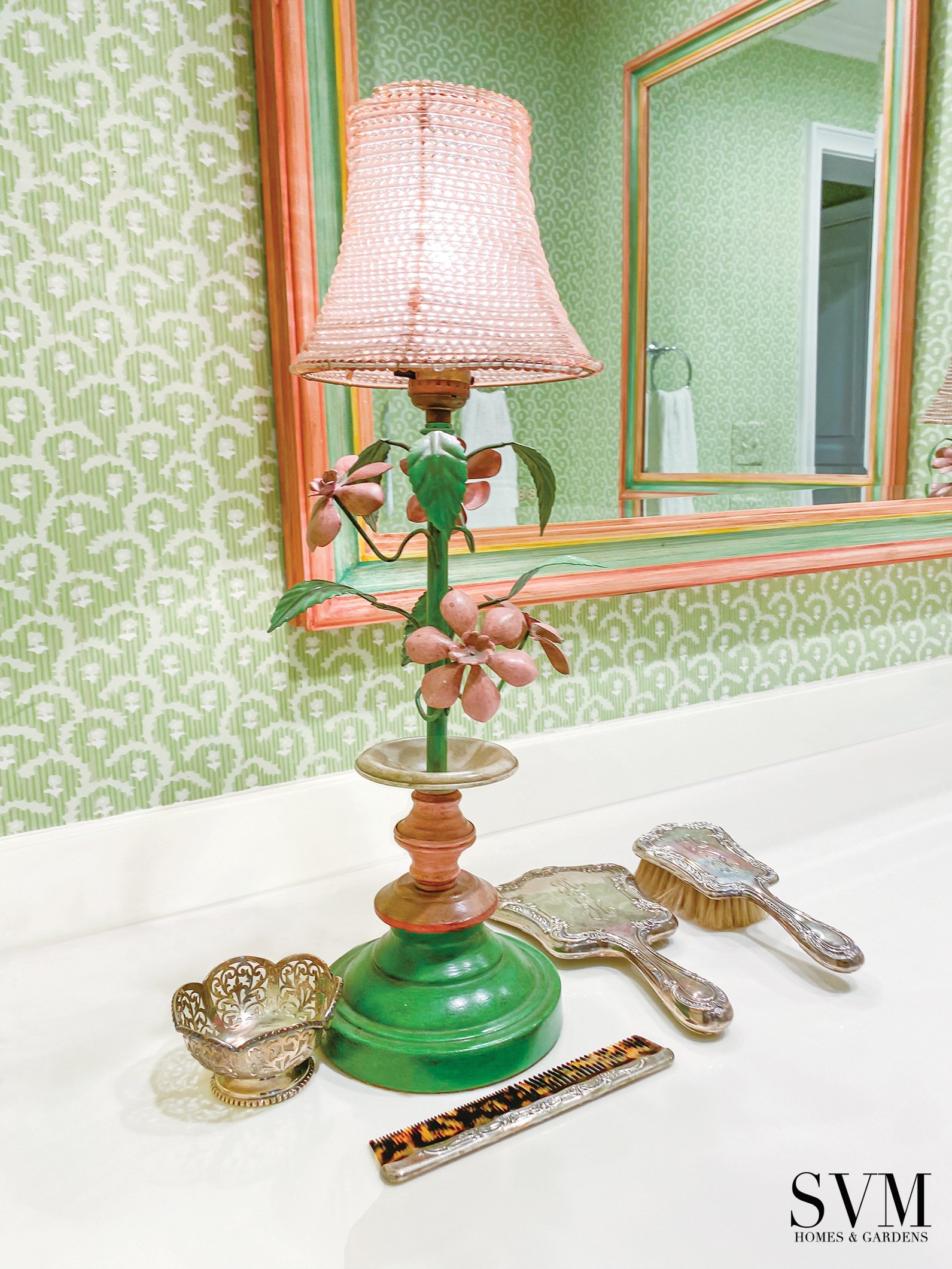
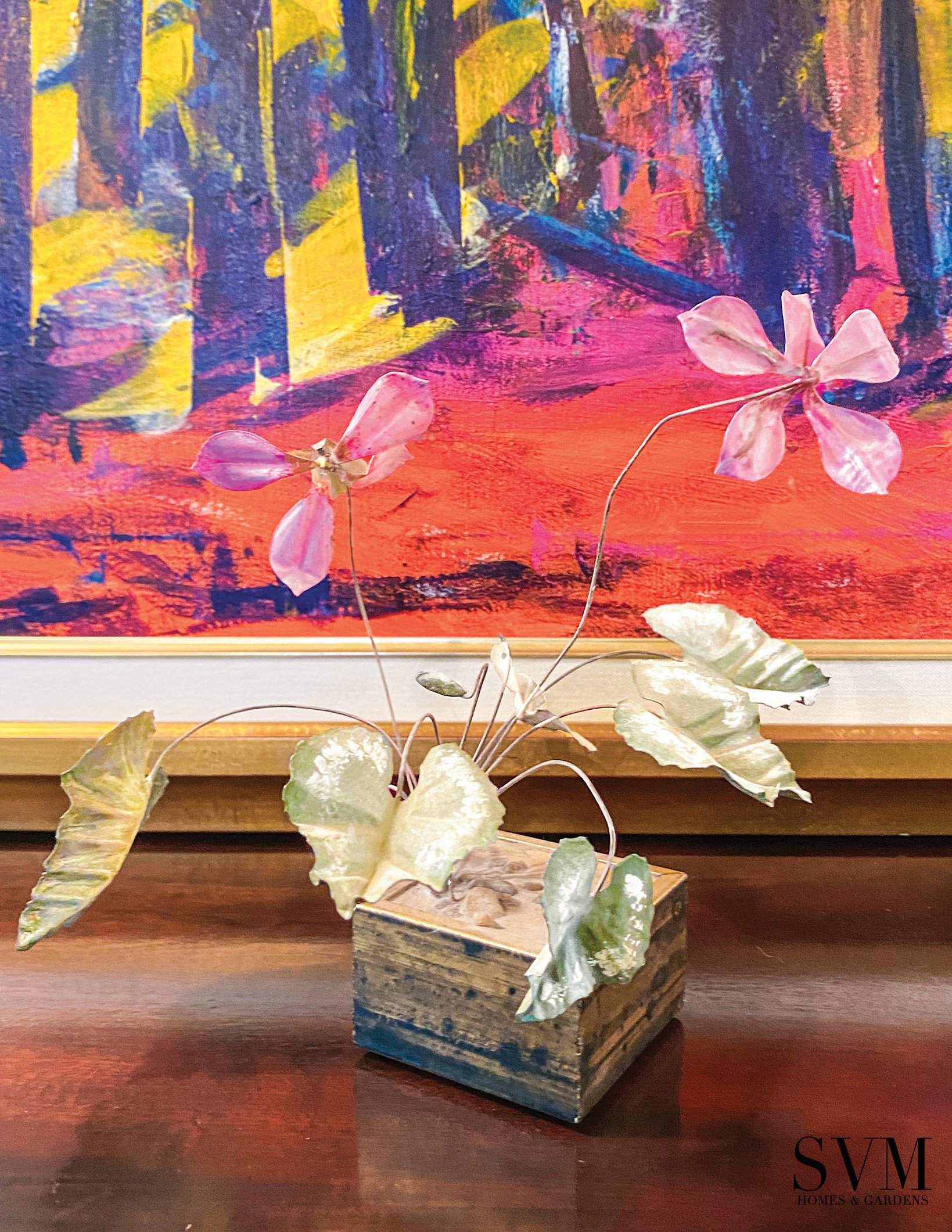
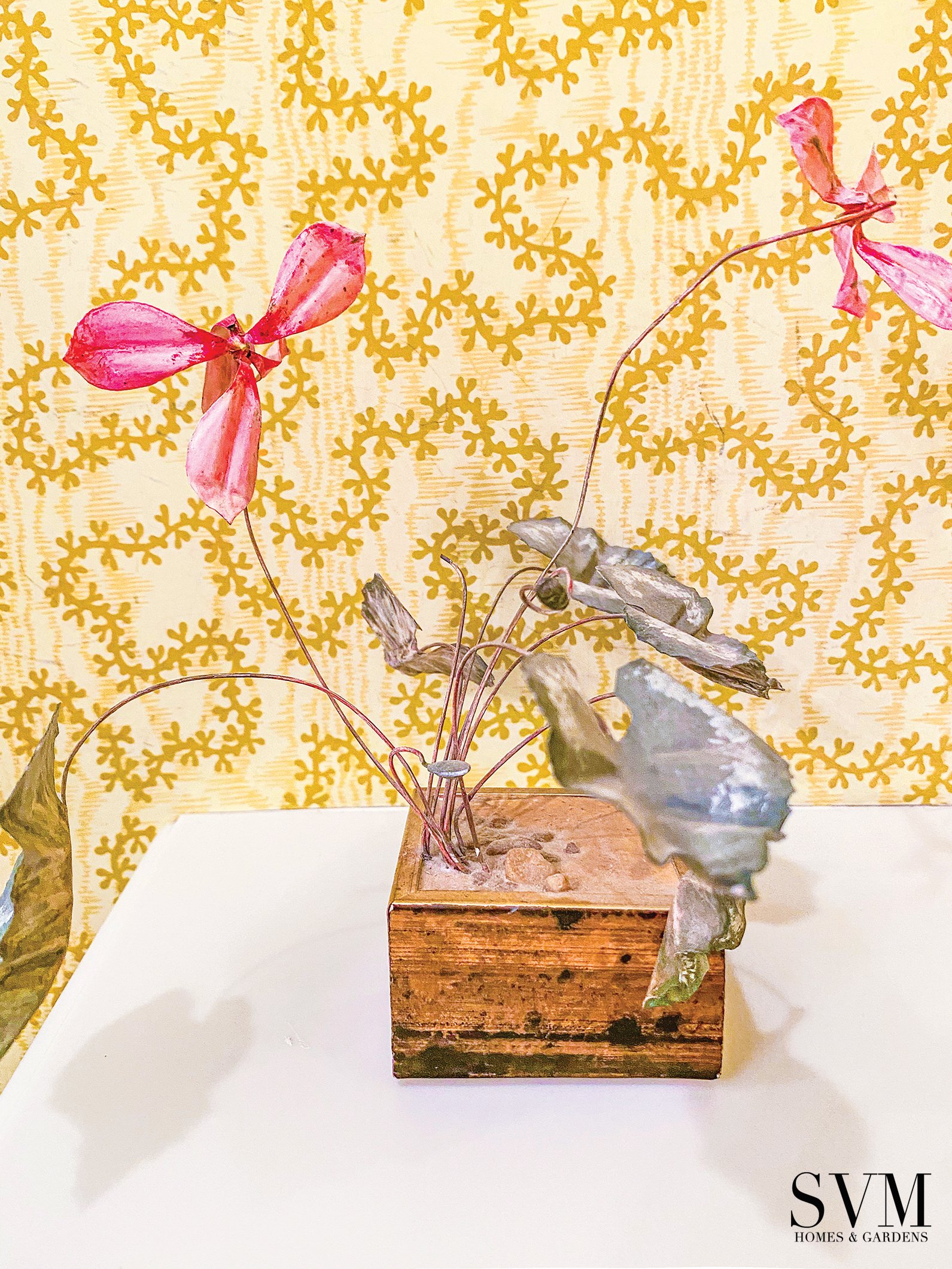
My mother, Dianne K. Foss, was a huge fan but couldn’t afford to purchase Bonhage’s pieces. She experimented making them on her own with the help of my father and his chemistry background. She soon was set up at our breakfast room table producing the images she found in flower books. She especially liked wildflowers, as did Bonhage. Friends began buying and collecting her pieces. Her work was featured in Southern Accents many years ago, as collected by Margaret Feighner, when they covered her home Gordonido here in Columbus.
Fast forward more years than I care to remember…a trip to New Orleans found me at Bonhage’s shop in the Garden District. I was anxious to go in because his work had so influenced my mother’s artistic life and by then he was collected nationally by many famous people. Just like my mother, I couldn’t afford his art for myself, but I could show my clients his art. Bonhage was still thrilled to share his talent with admirers and I took several back for projects I was working on.
Since then I have had the luck of adding several Bonhage’s to my home that I happily mix in with my mother’s. I’ve been blessed to receive “back” from kind friends her pieces, and hold even her rejects in high regard in my collection too! Tole flowers can be realistic or stylized but either way the art brings the beauty of flowers, their color and their grace inside and surrounds us in nature. SVM




